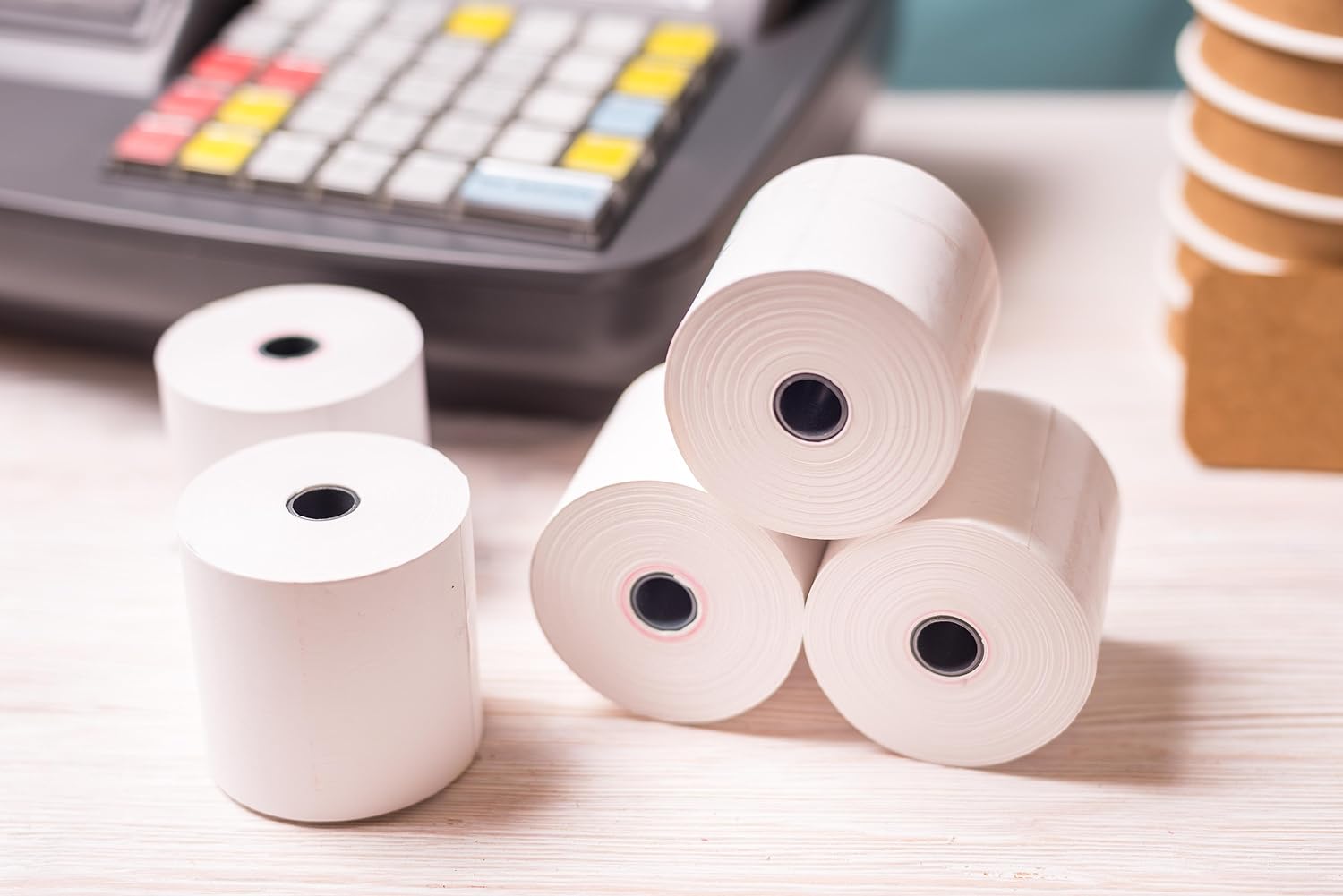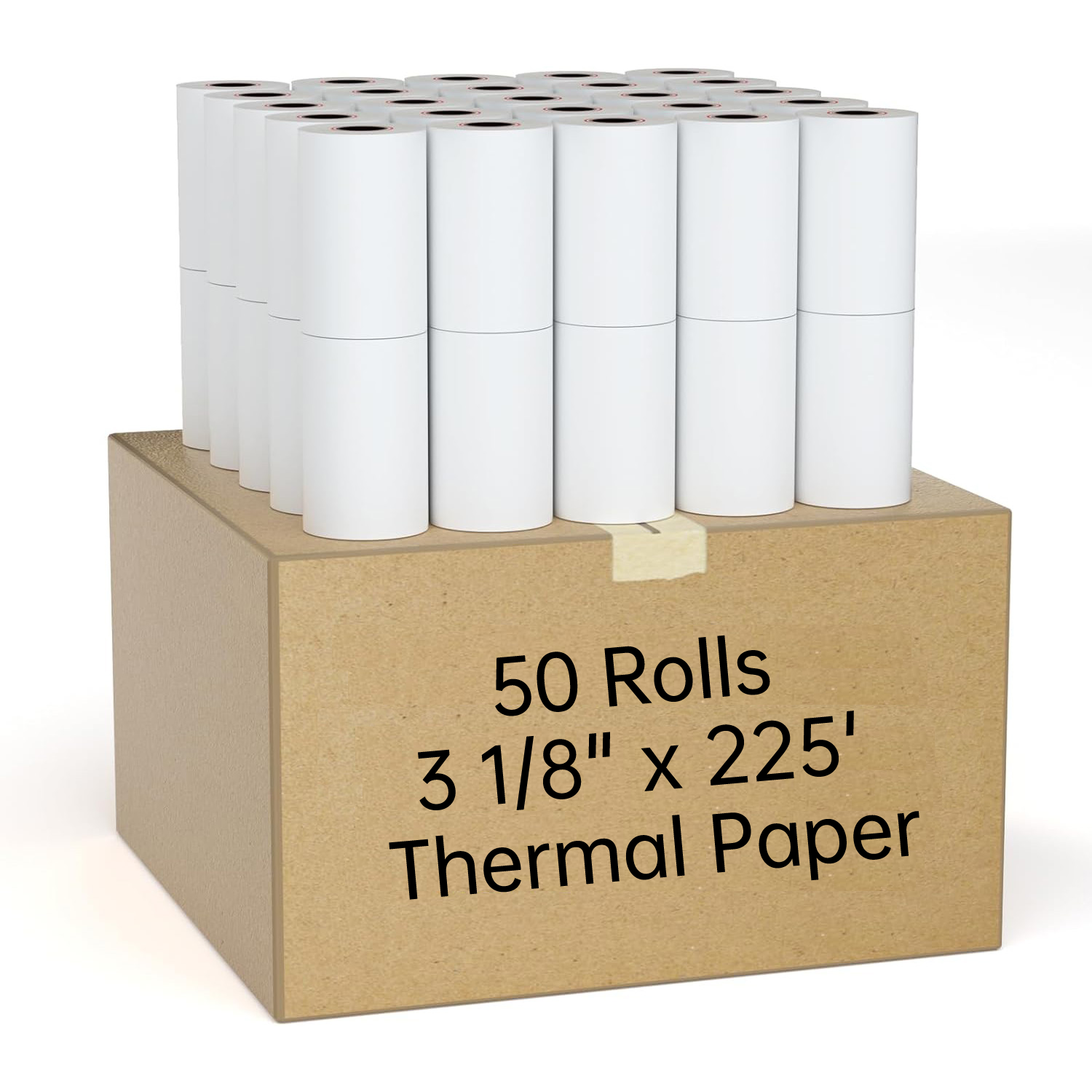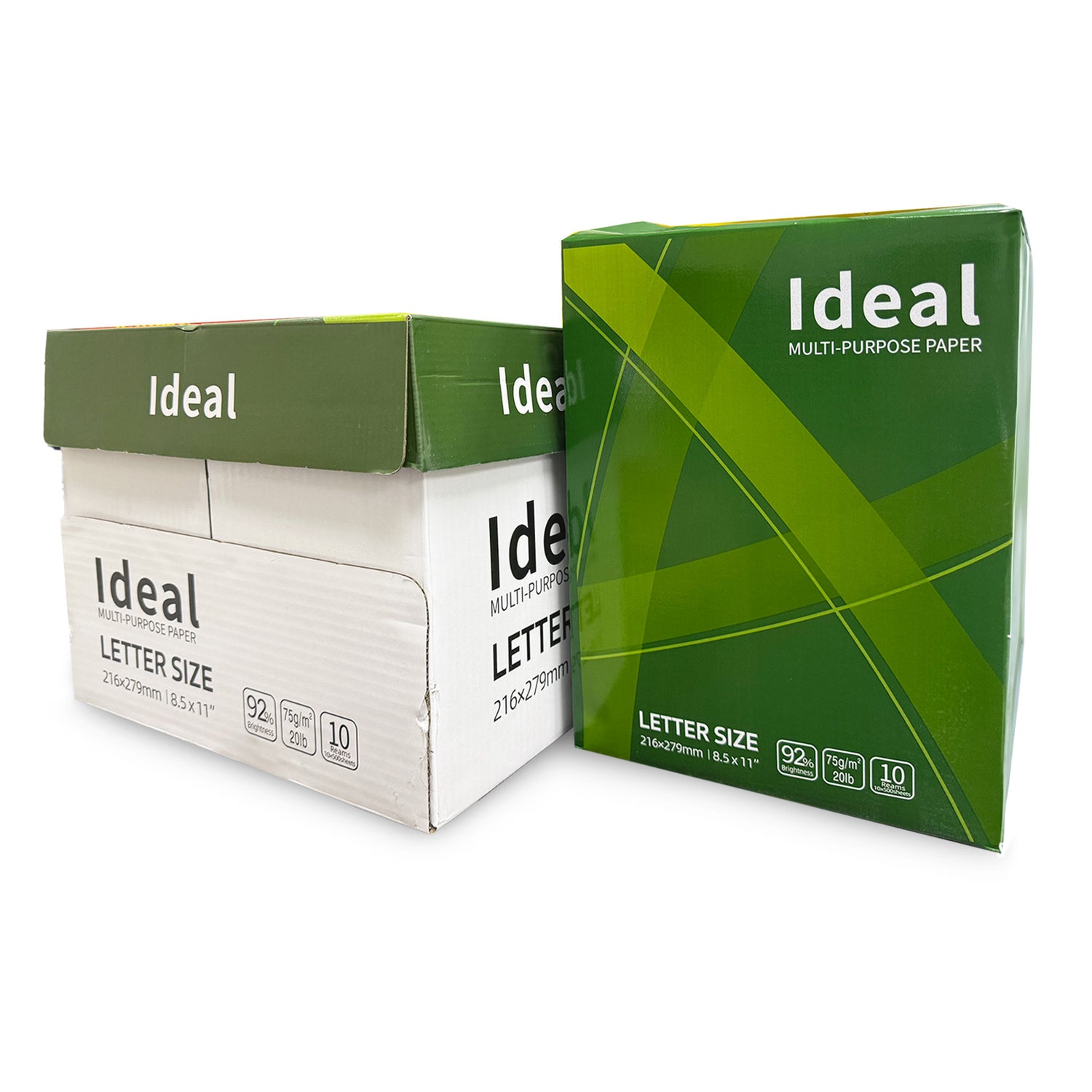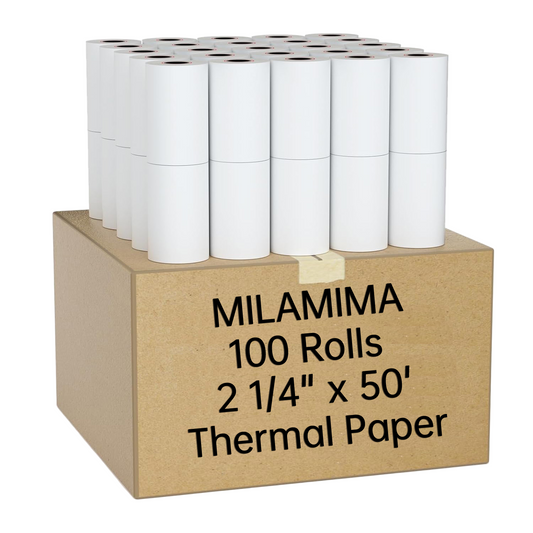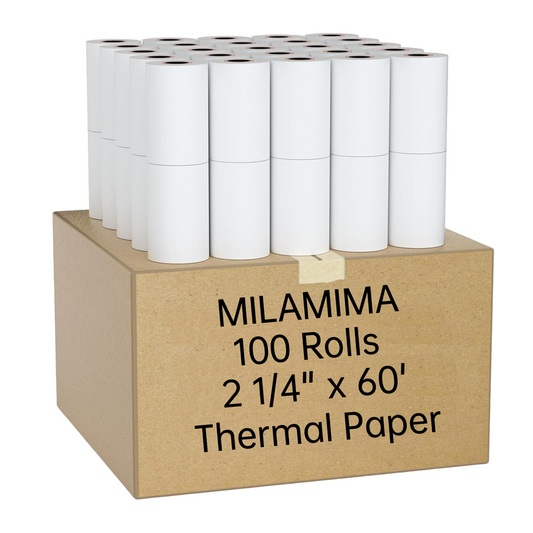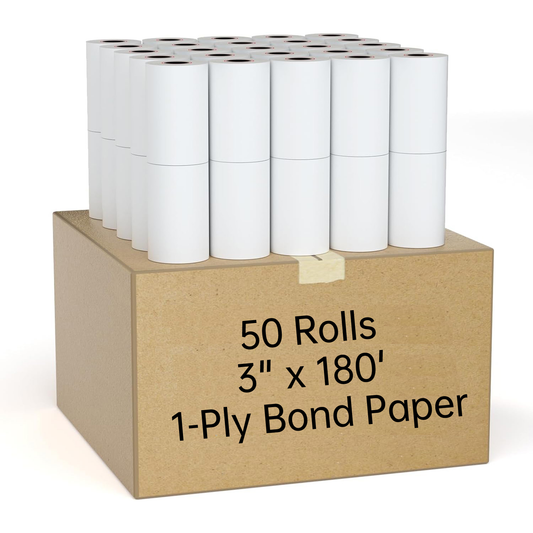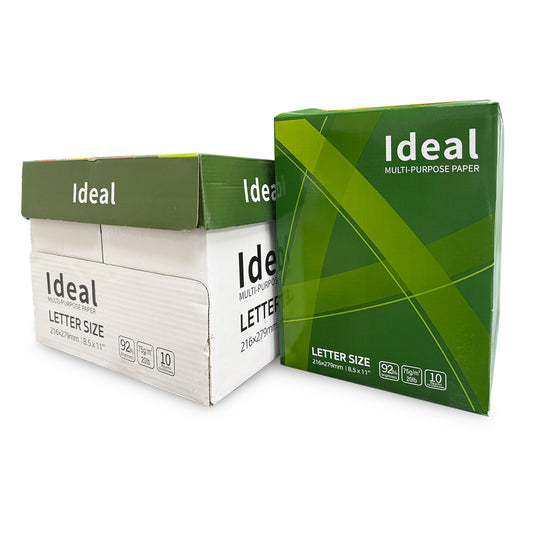A leaky faucet can be more than just an annoying drip; it can also lead to water waste and higher utility bills. Whether you're dealing with a leaking kitchen faucet, a dripping bathtub faucet, or simply want to maintain your faucets to prevent future issues, this guide has you covered.
How to Fix a Leaky Faucet
Fixing a leaky faucet often involves replacing worn-out washers, gaskets, or O-rings. Here's a step-by-step guide:
- Turn Off the Water Supply: Locate the shutoff valves under the sink and turn them off. If there are no shutoff valves, turn off the main water supply.
- Plug the Sink Drain: Use a sink plug or a rag to prevent small parts from falling down the drain.
- Disassemble the Faucet: Remove the handle by loosening the screws. This might involve prying off a decorative cap.
- Inspect and Replace Parts: Check the washer, O-ring, and other parts for wear and tear. Replace any damaged components.
- Reassemble the Faucet: Put the faucet back together in reverse order.
- Turn On the Water Supply: Open the shutoff valves and test the faucet to ensure the leak is fixed.
How to Fix a Dripping Kitchen Faucet
- Turn Off the Water Supply: As with any faucet repair, start by turning off the water supply.
- Remove the Handle: Depending on the model, you may need a screwdriver or Allen wrench.
- Inspect the Cartridge: A common cause of dripping in kitchen faucets is a faulty cartridge. Remove and inspect it for damage.
- Replace the Cartridge: If the cartridge is damaged, replace it with a new one.
- Reassemble and Test: Reassemble the faucet and turn the water back on to test.
How to Fix a Leaking Bathtub Faucet
- Turn Off the Water Supply: Find the shutoff valve for your bathtub, usually located in the basement or behind an access panel.
- Remove the Faucet Handle: Use a screwdriver to remove the handle.
- Replace the Washer or Cartridge: Most bathtub leaks are due to worn washers or cartridges. Replace the faulty parts.
- Reassemble and Test: Put the faucet back together and turn on the water to ensure the leak is resolved.
How to Clean Faucet Heads
- Remove the Faucet Head: Unscrew the aerator or showerhead.
- Soak in Vinegar: Submerge the faucet head in a bowl of vinegar for about 30 minutes to dissolve mineral deposits.
- Scrub and Rinse: Use an old toothbrush to scrub away any remaining buildup. Rinse thoroughly with water.
- Reattach the Faucet Head: Screw the aerator or showerhead back onto the faucet.
How to Replace a Kitchen Faucet
- Turn Off the Water Supply: Shut off the valves under the sink.
- Disconnect the Supply Lines: Use a wrench to disconnect the water supply lines.
- Remove the Old Faucet: Loosen the mounting nuts and lift the old faucet out.
- Install the New Faucet: Follow the manufacturer's instructions to position the new faucet and secure it with mounting nuts.
- Reconnect the Supply Lines: Attach the water supply lines and turn the water back on to check for leaks.
How to Replace a Bathroom Faucet
- Turn Off the Water Supply: Shut off the water at the valves under the sink.
- Disconnect the Supply Lines: Use a wrench to loosen and remove the water supply lines.
- Remove the Existing Faucet: Unscrew the mounting nuts and take out the old faucet.
- Install the New Faucet: Place the new faucet in the mounting holes and secure it with nuts.
- Reconnect the Supply Lines: Reattach the water supply lines, turn on the water, and check for leaks.
Conclusion
Faucet repairs and maintenance can seem daunting, but with the right tools and a bit of know-how, you can tackle these tasks yourself. Regular maintenance, such as cleaning faucet heads and promptly fixing leaks, can extend the life of your faucets and prevent costly repairs.


